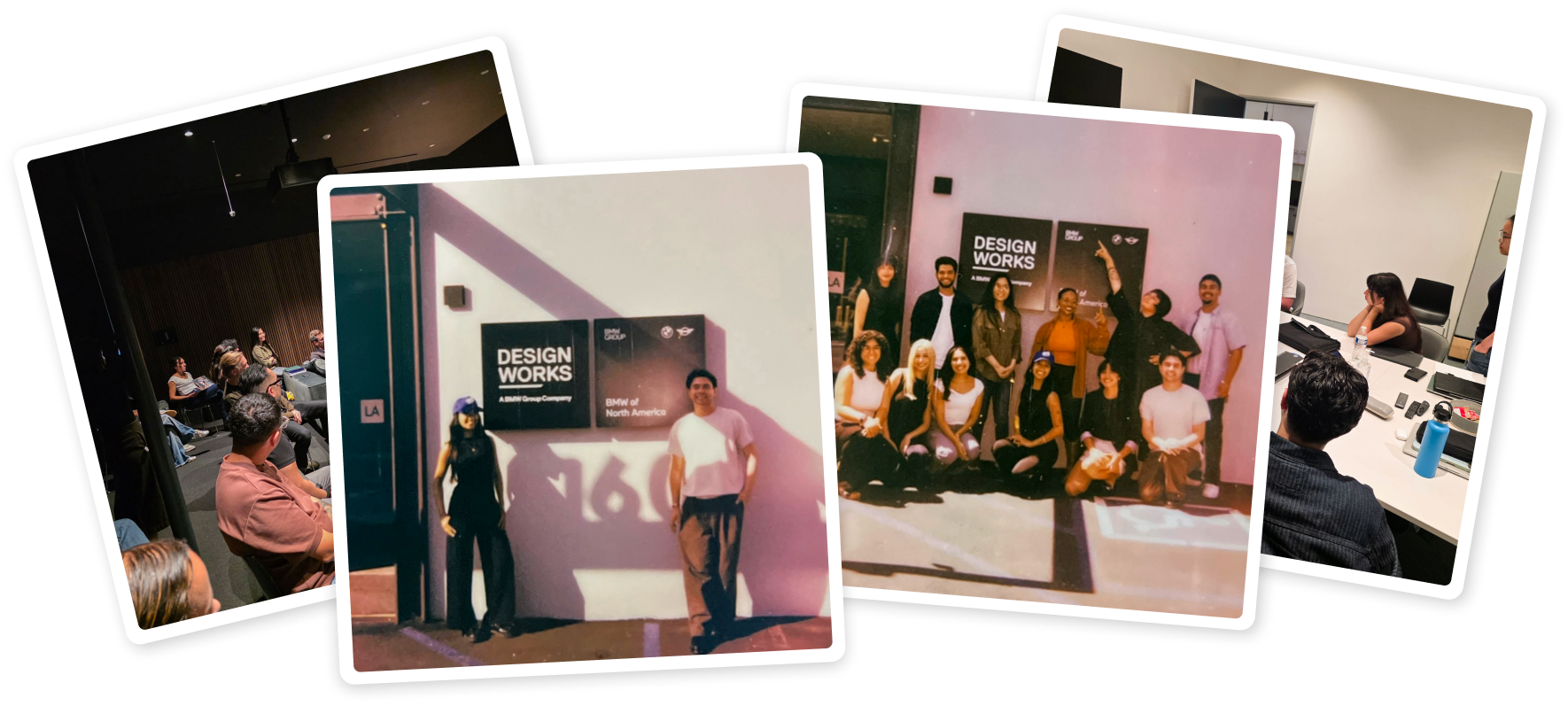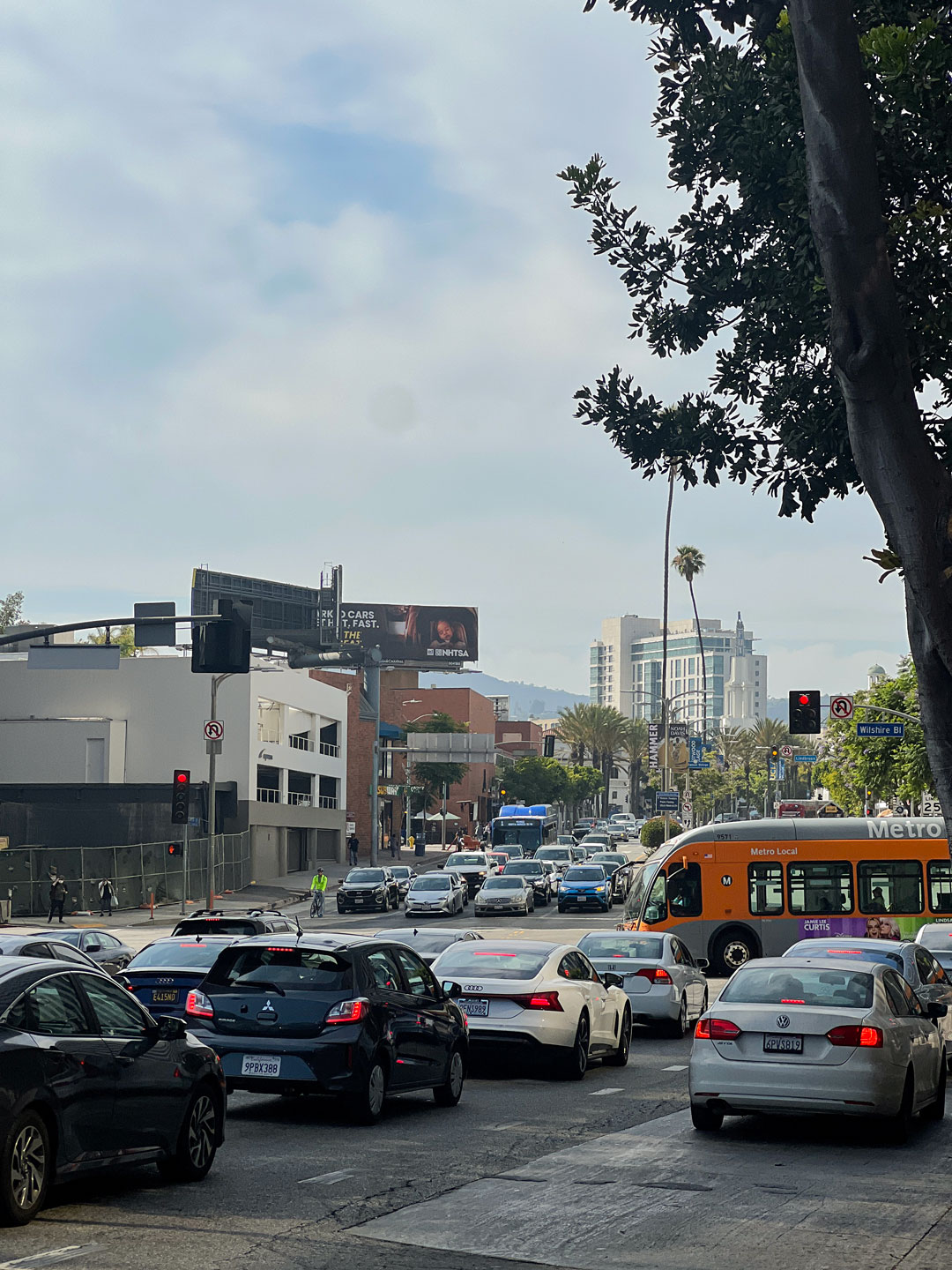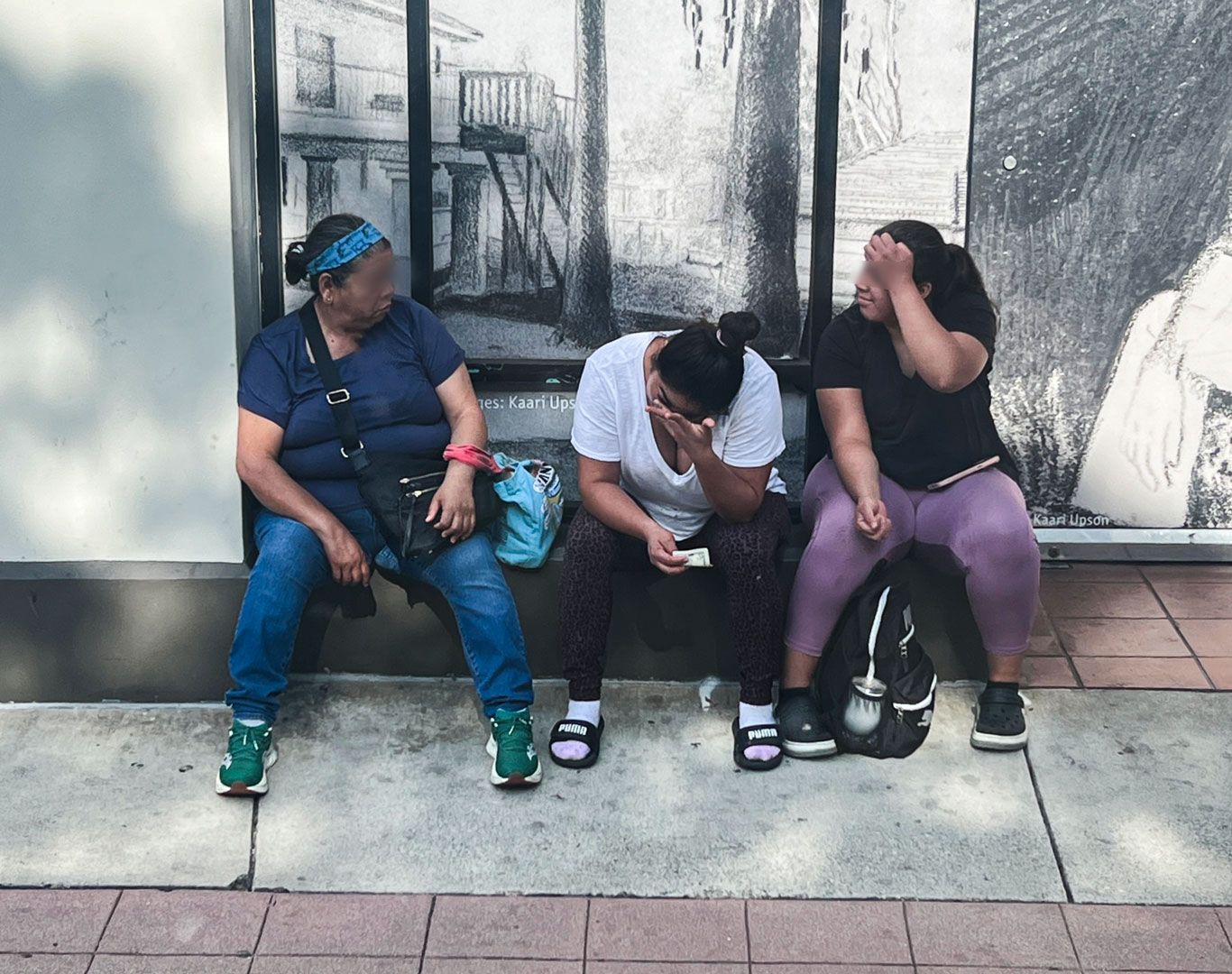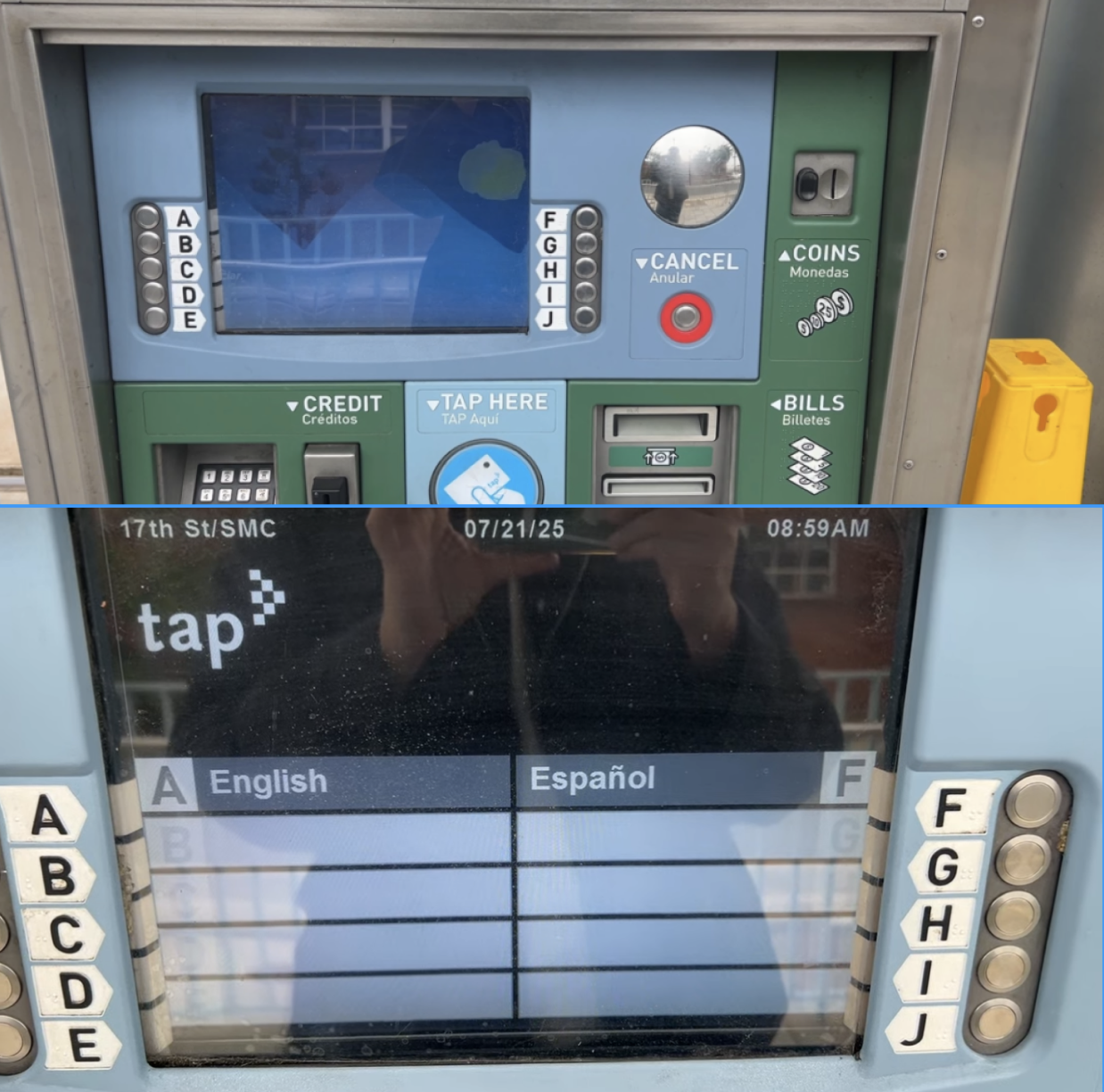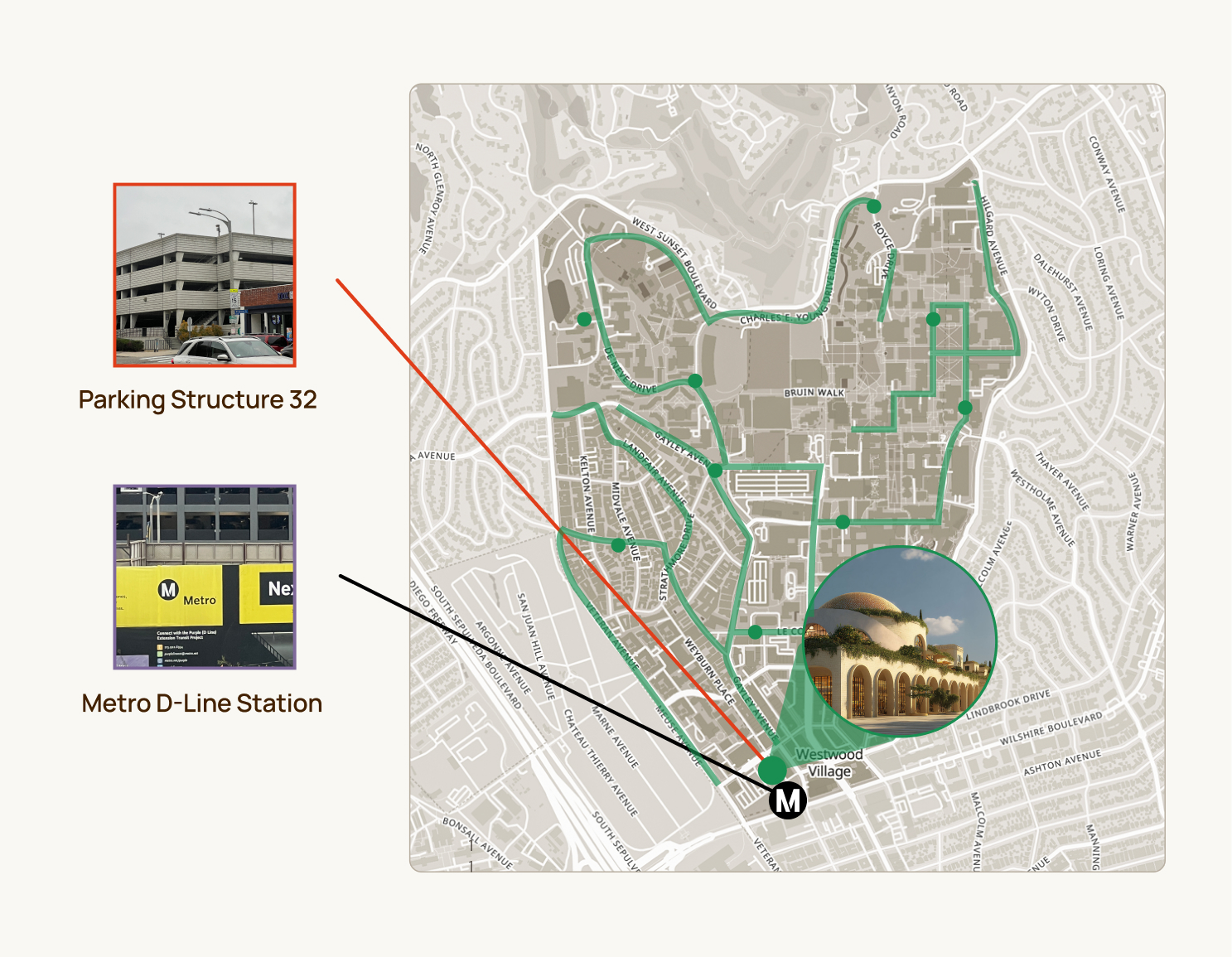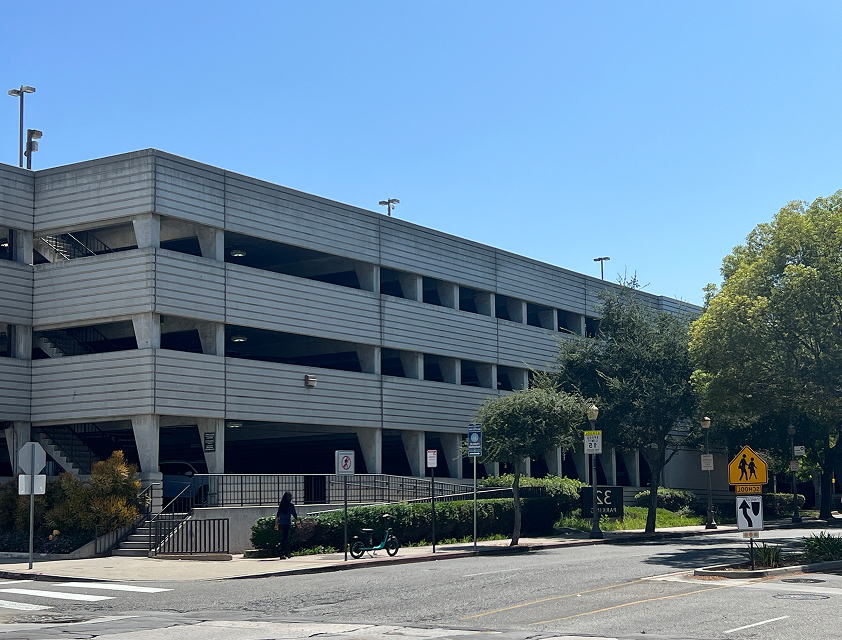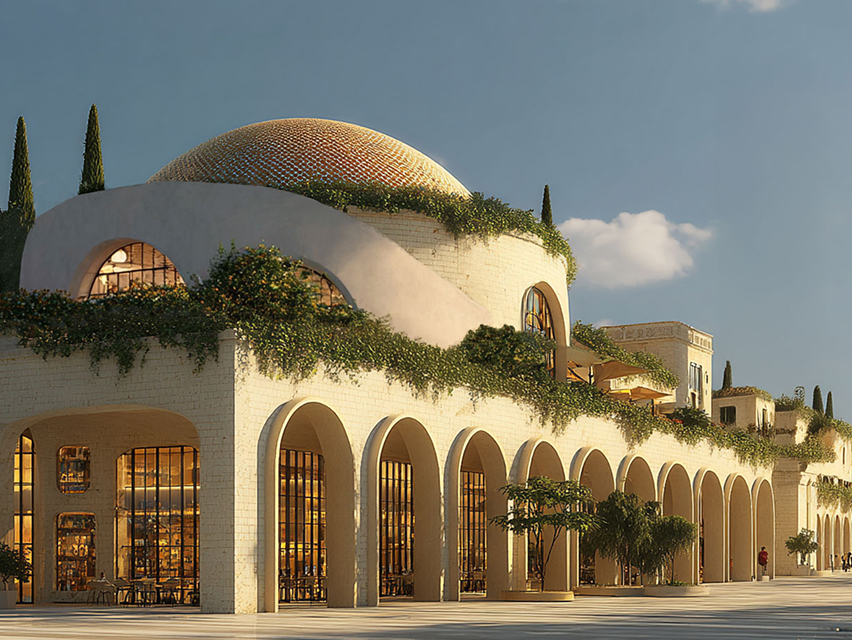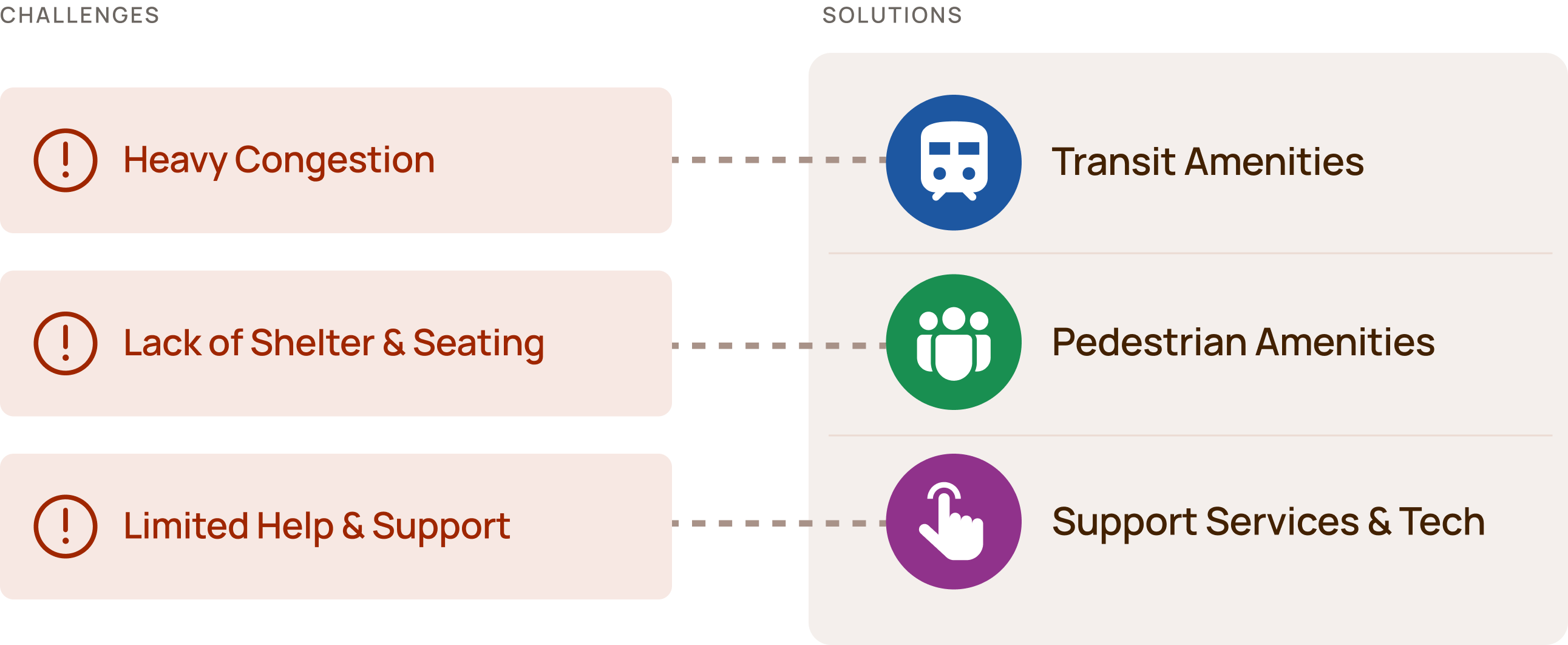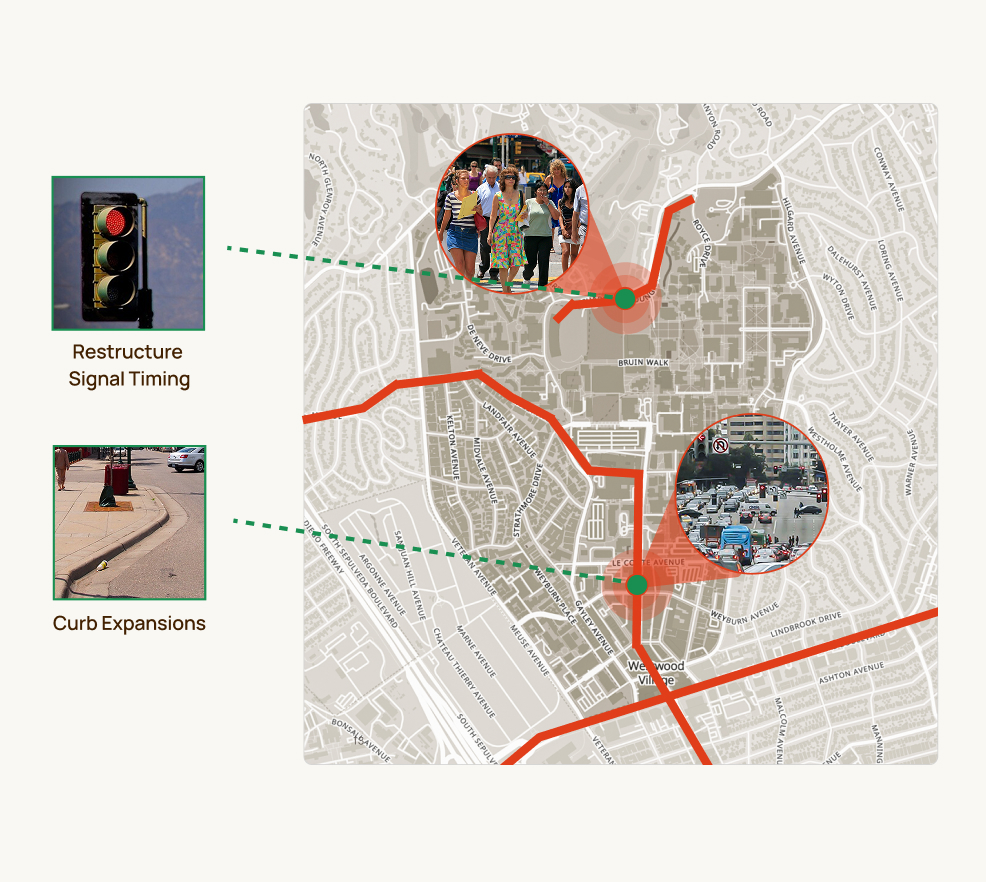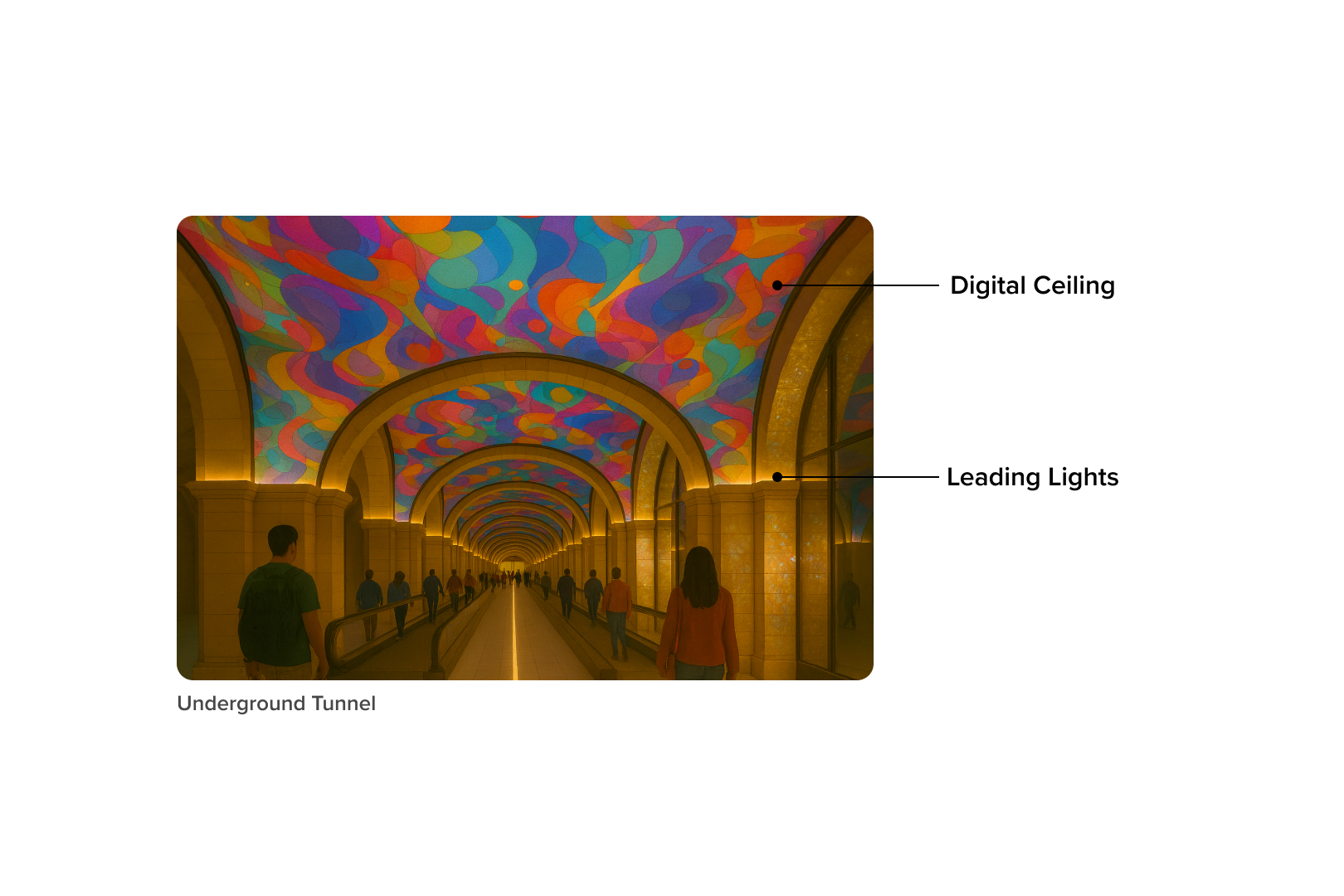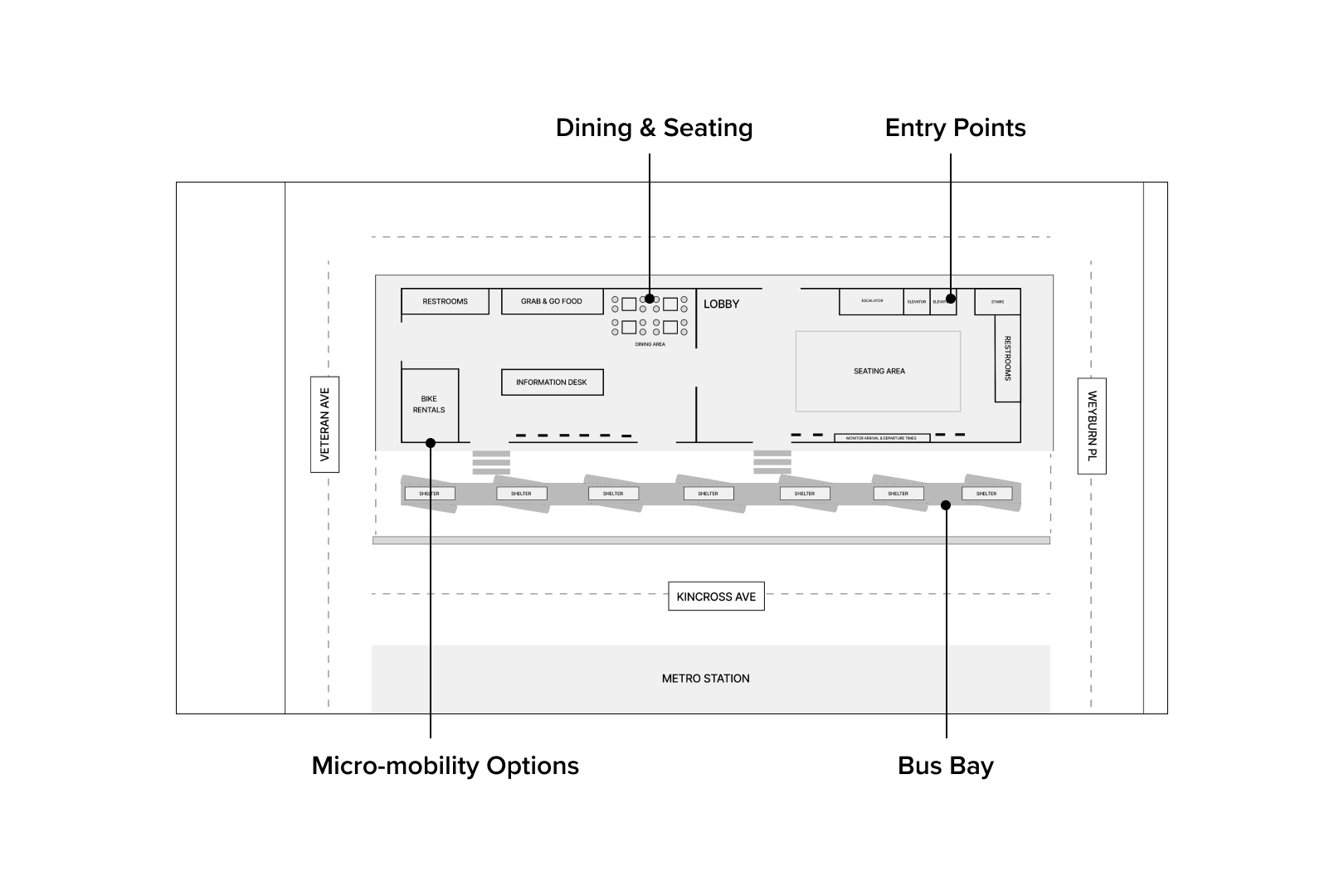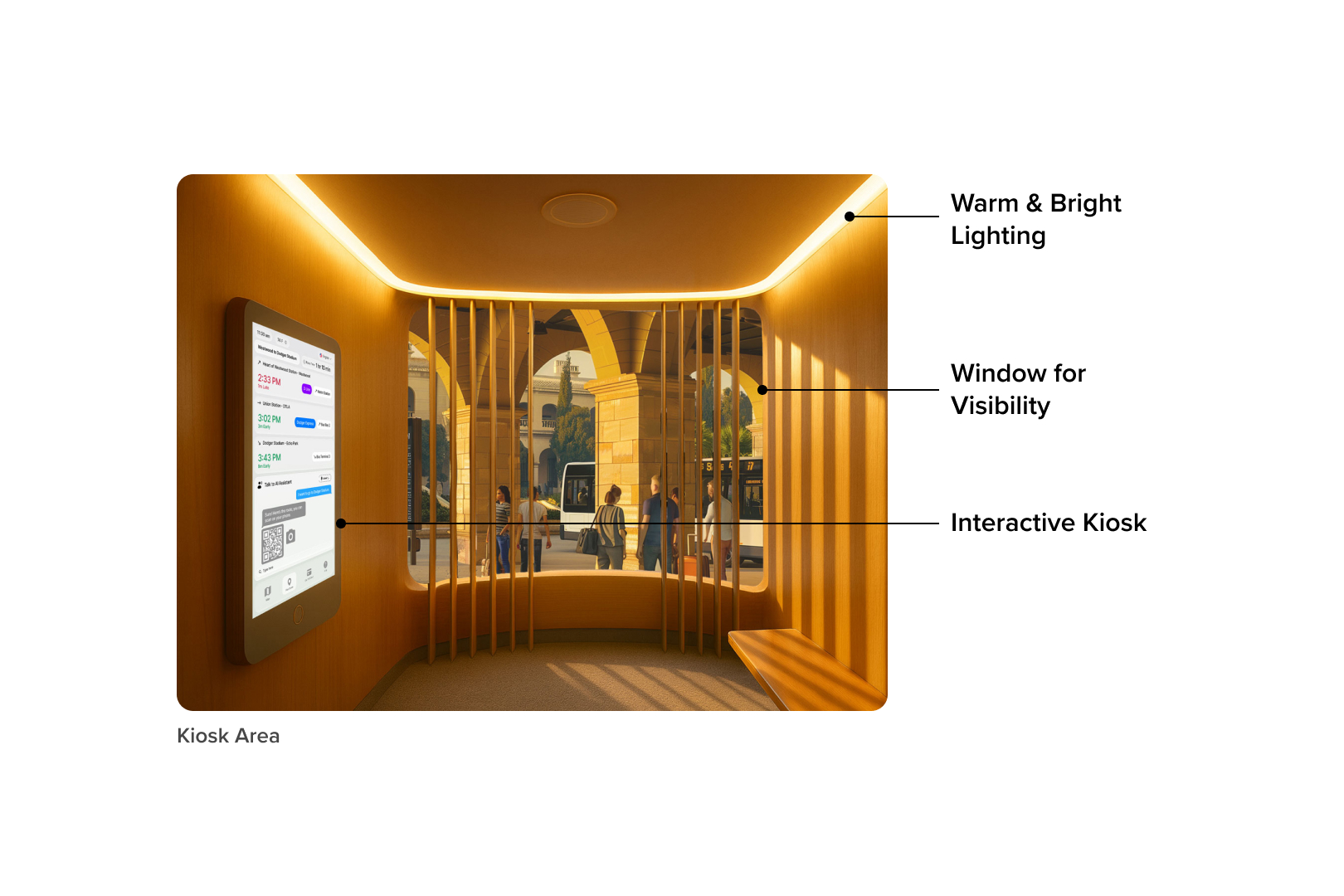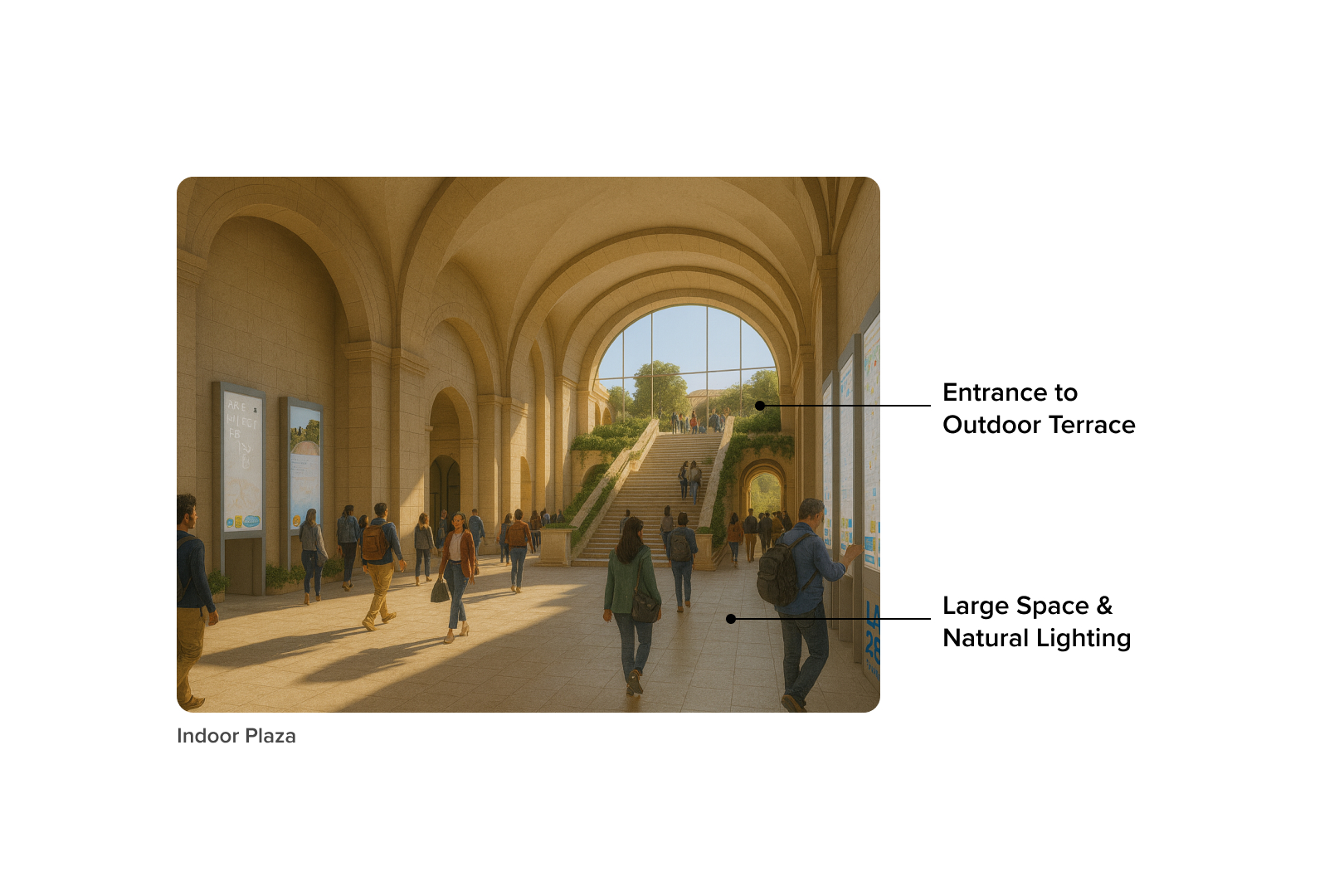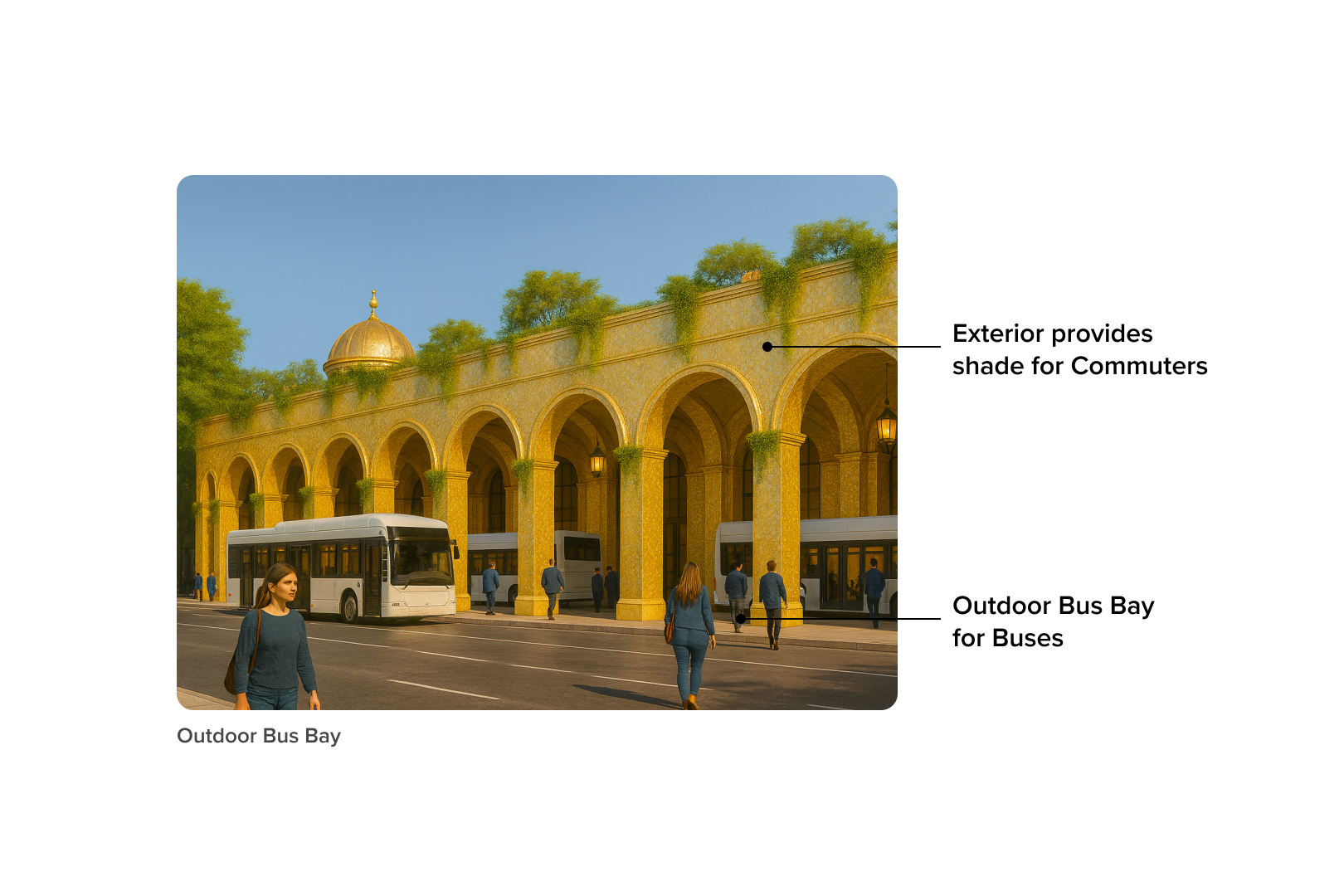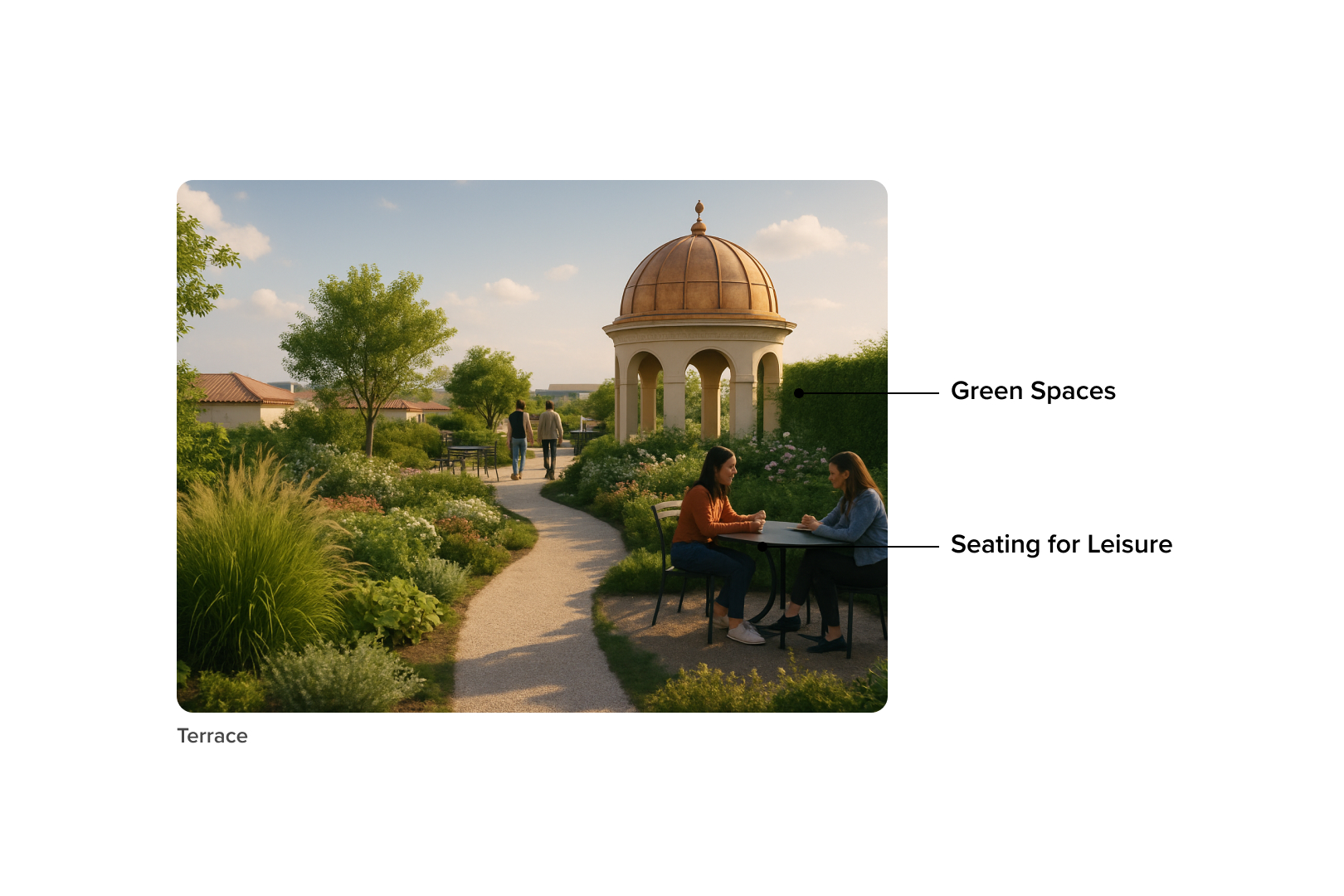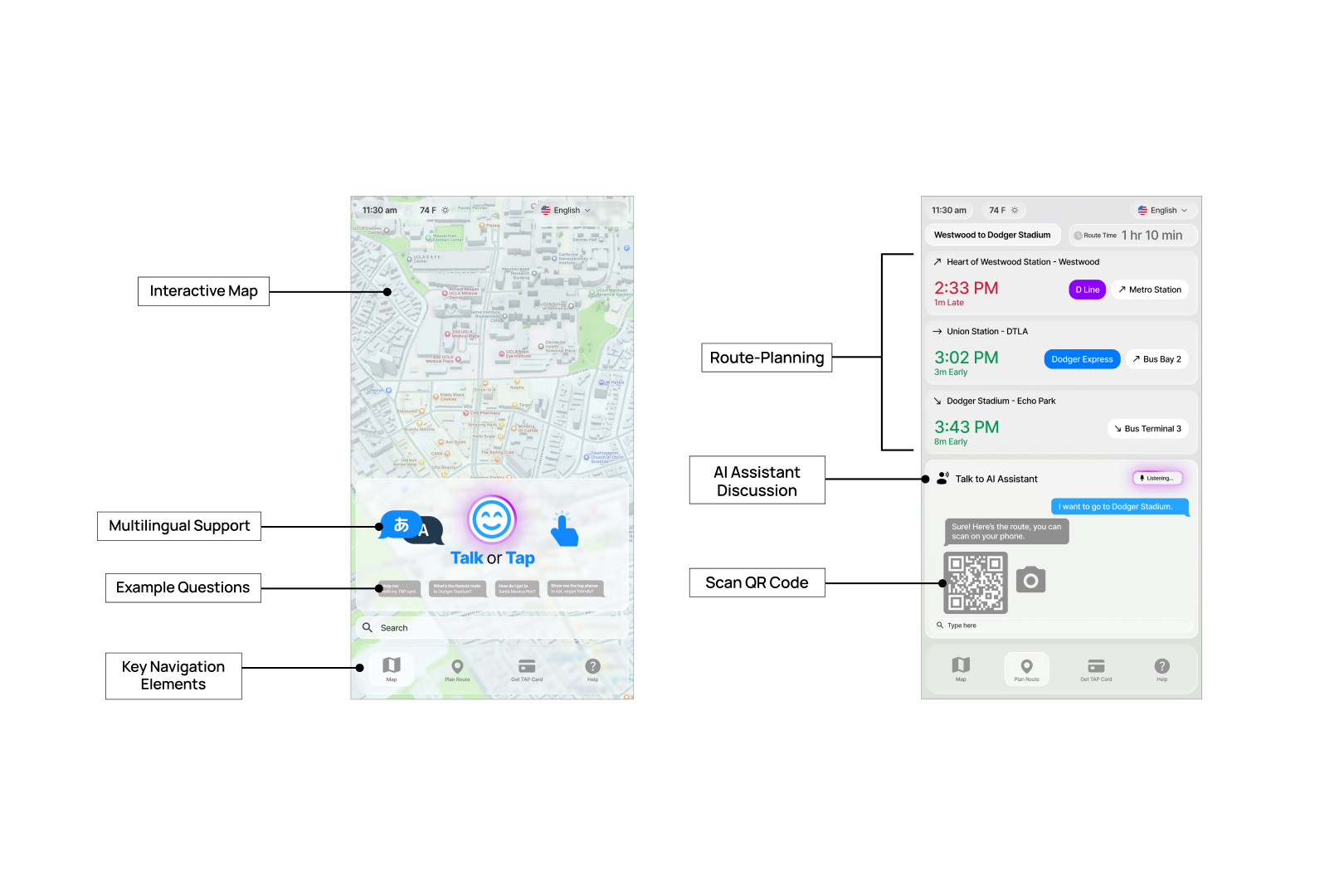Heart of Westwood
Envisioning a Mobility Hub in the Area of Westwood
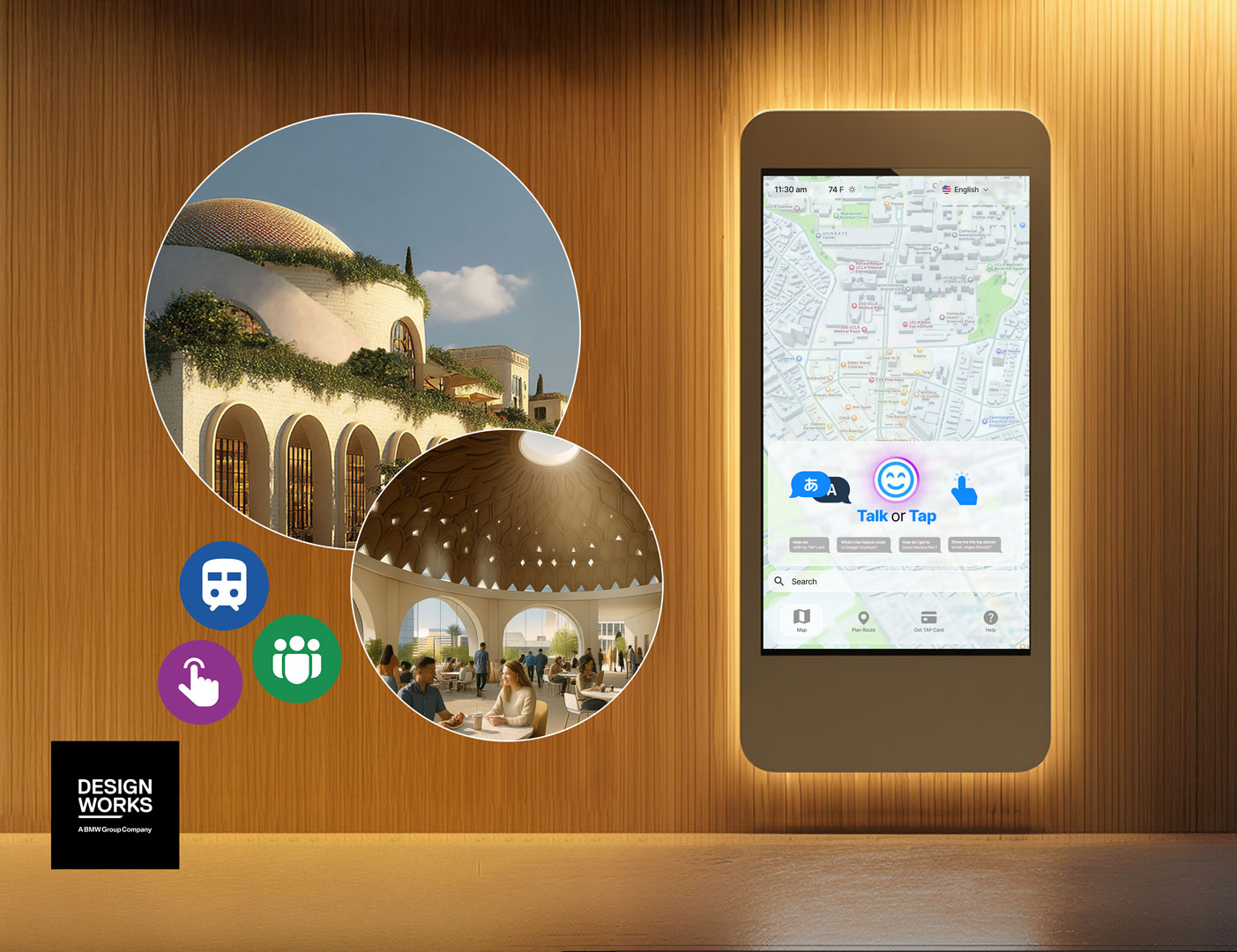
Heart of Westwood, mobility hub design and interactive kiosk design.
background
Over seven weeks, I worked in a team of three designers to reimagine mobility in Westwood, home to UCLA and soon a key area for future major sporting events in 2028. Through research, we identified three core transit challenges: congestion, limited rider comfort, and inadequate support services. We designed the Heart of Westwood, a multimodal hub that consolidates transit, improves the commuter experience, and provides multilingual AI-powered support. We presented our solution through high-fidelity visuals and a final presentation featuring our design process.
project type
Internship
role
Product Designer and Researcher — Synthesized research insights to identify core transportation challenges. Developed people-centered solutions that balanced transit efficiency, rider comfort, and support services for a global community.
timeline
June 2025 - August 2025 (7 weeks)
team
Arthur Jensen (Me)
Audreen Fune
Austin Gregory
Audreen Fune
Austin Gregory
problem
Westwood faces severe congestion, poor rider amenities, and limited support services, challenges that will intensify with the 2028 sporting events
solution
We designed the Heart of Westwood, a multimodal transit hub that reduces congestion, improves rider comfort, and provides multilingual AI-powered support.
impact
We presented our ideas to BMW Designworks to initiate discussion and received feedback from Los Angeles city representatives on how the hub could shape the future of mobility in Westwood.
